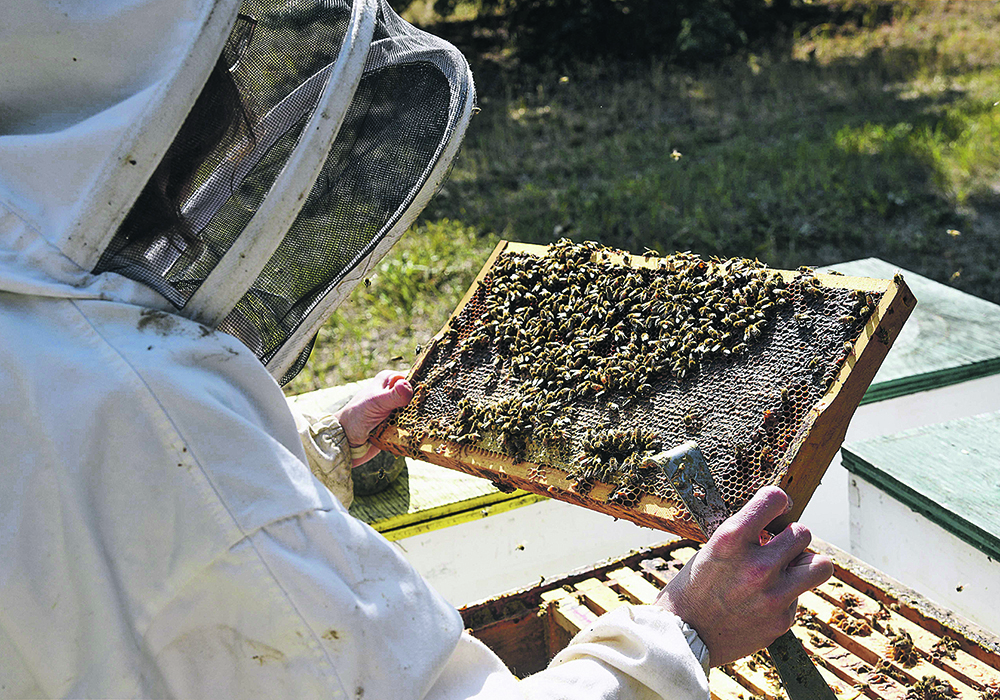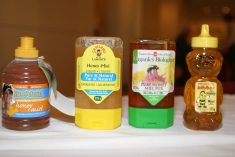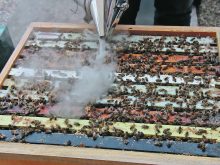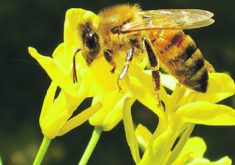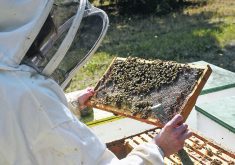WINNIPEG — The hot and dry month of July was hard on canola crops in Western Canada.
It was also hard on bees.
Related story: U.S. honey worth 40 per cent more than Canadian
Read Also

Using artificial intelligence in agriculture starts with the right data
Good data is critical as the agriculture sector increasingly adopts new AI technology to drive efficiency, sustainability and trust across all levels of the value chain.
Honey production will be down on the Prairies this year because bees and beekeepers dealt with a short bloom period for canola in Alberta and Saskatchewan.
“I guess disappointing would be the best way to describe it…. We didn’t get any canola honey,” said Jeremy Olthof, a beekeeper from Tees, Alta., a village east of Red Deer.
“On a per hive average, it was probably the worst year I’ve ever had.”
In the spring, Olthof sets a target of 150 pounds of honey per hive. This summer’s production was about 55 lb. below average at 90 to 95 lb.
Nathan Wendell, a beekeeper from Inglis, Man., on the border between Saskatchewan and Manitoba, also had a challenging year.
Constant rain in May and June prevented the bees from flying and foraging. That delayed the growth of colonies, and hives were weaker than normal when the summer heat arrived.
“The canola season was short,” said Wendell, president of the Saskatchewan Beekeepers Development Commission.
“The (canola) roots were close to the top of the soil, which dries out (the plants) and dries the nectar a little more quickly.”
Wendell’s operation had a sub-par year, producing about 15 per cent less honey than normal.
“A below average year. I think that holds true for… the beekeepers I’ve spoken to from Saskatchewan,” he said.
“When all the numbers pan out, we’re probably going to be 20 to 25 percent below our average production across the Prairie provinces. That’s a guess.”
Last year, Canadian beekeepers had a strong honey crop, producing nearly 92 million lb. That was higher than the five-year average of 85 million lb.
With less honey available in 2024, it seems logical that prices should rise. In the winter and spring, bulk honey was priced around $1.75 per lb. in Canada.
Beekeepers aren’t entirely sure where the price is now, but Wendell has heard honey buyers are willing to pay slightly more.
“The price has come up,” he said.
“I think I heard $2 per lb., not so long ago. That’s not verified.”
As for Olthof, 2024 was difficult, but there’s always next year.
“It’s not all doom and gloom,” he said.
“We’ll still keep the lights on.”


